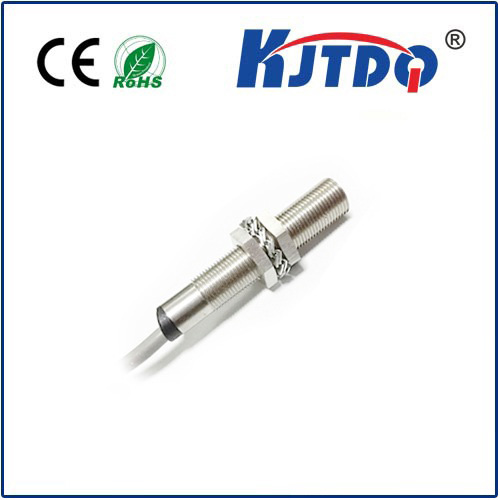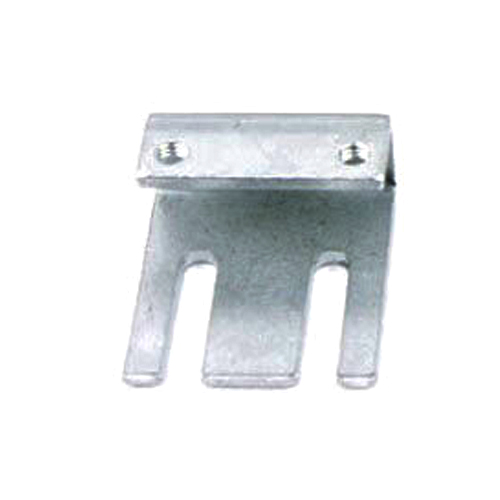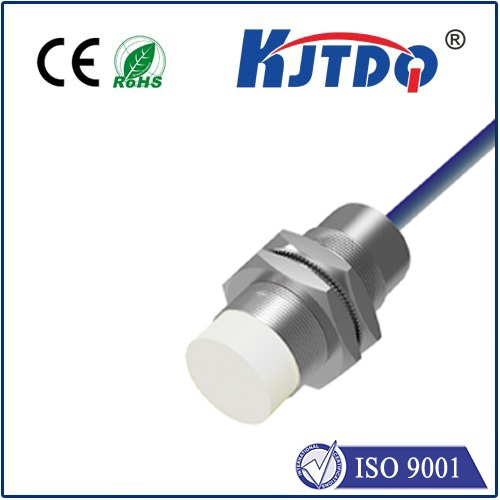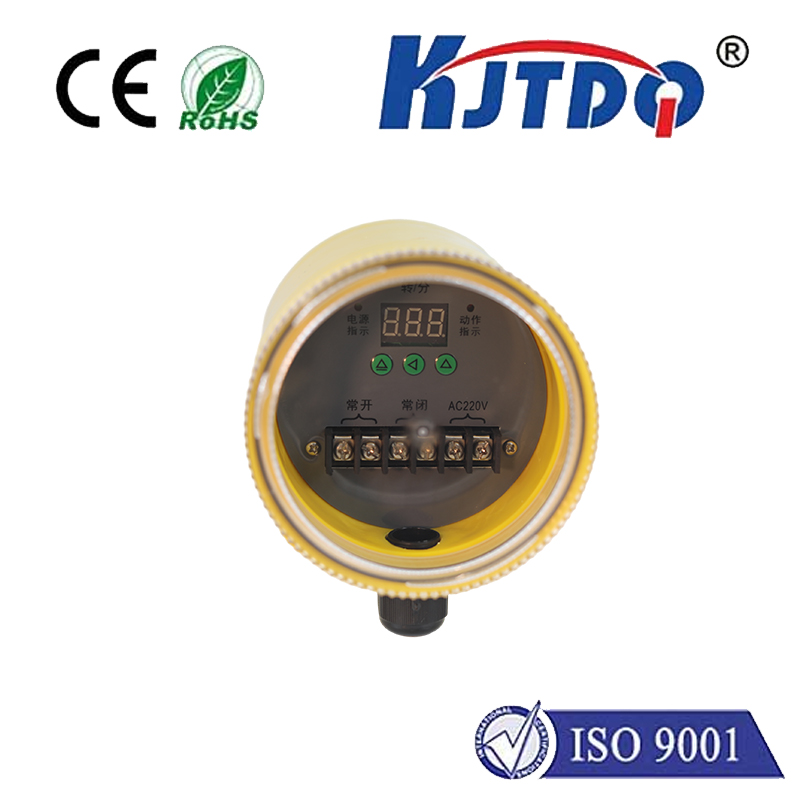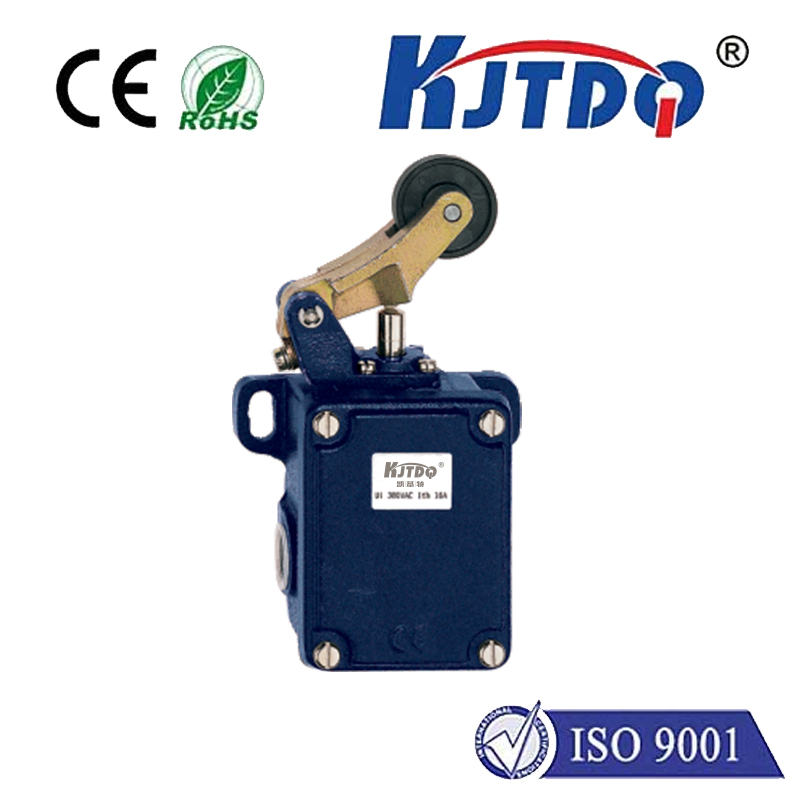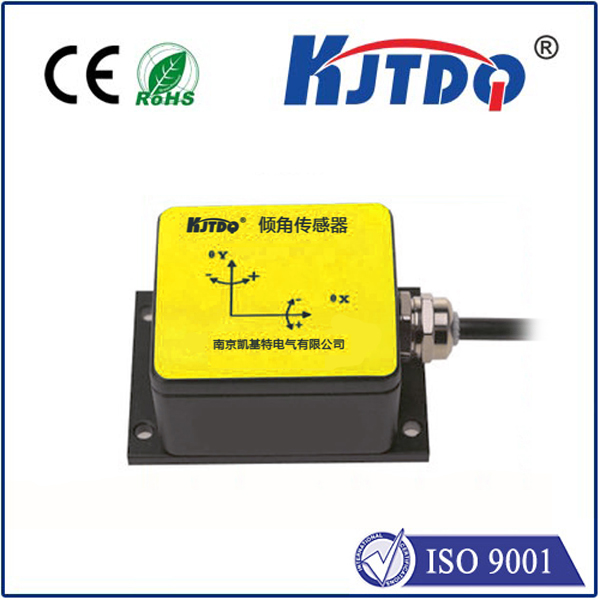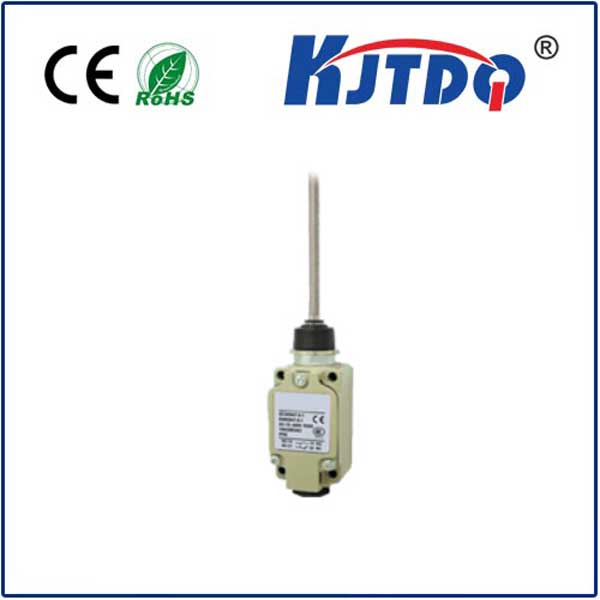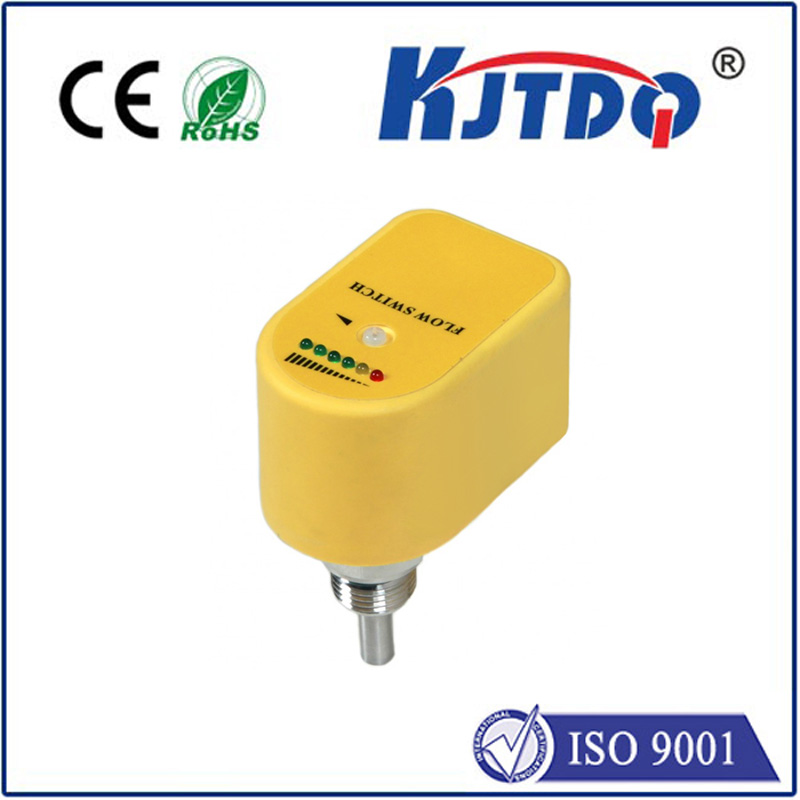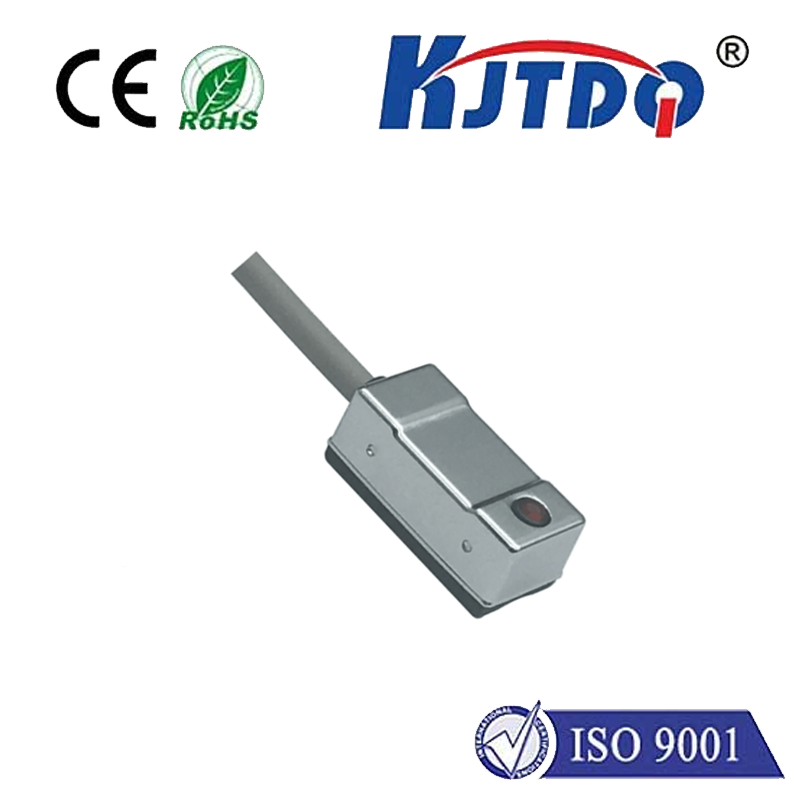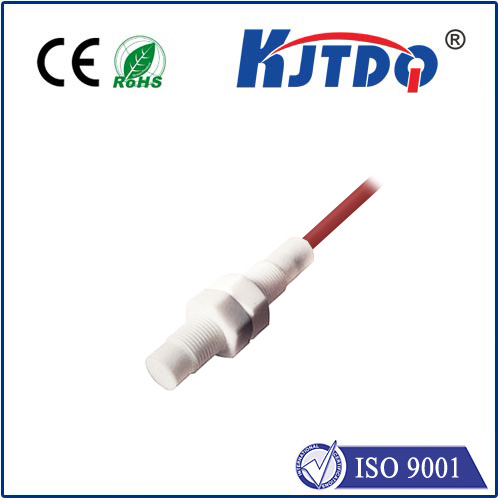fiber optic hydrogen sensor
- time:2025-08-15 04:17:05
- Нажмите:0
Illuminating Safety: The Transformative Power of Fiber Optic Hydrogen Sensors
Hydrogen. The lightest element holds immense promise as a clean energy carrier, fueling visions of decarbonized industries and transportation. Yet, its very properties – high diffusivity and a low ignition energy – demand vigilant monitoring. Leaks are often invisible and pose significant safety hazards. Enter fiber optic hydrogen sensors: a groundbreaking technology poised to redefine safety standards and enable the hydrogen economy. Unlike conventional detectors, they offer a unique blend of sensitivity, safety, and resilience, shining a light on precise, real-time hydrogen monitoring where it matters most.
The Critical Need: Why Hydrogen Monitoring Demands Innovation
Traditional hydrogen sensors, often based on electrochemical or catalytic bead principles, have served industries for decades. However, they face inherent limitations in the demanding environments where hydrogen is increasingly used or produced:
- Safety Risks: Many require electrical power at the sensing point, creating a potential ignition source in explosive atmospheres (ATEX zones).
- Susceptibility to Interference: Performance can degrade due to ambient humidity, temperature fluctuations, or the presence of other gases.
- Limited Deployment: Cabling constraints and sensor fragility often restrict placement, especially in harsh or hard-to-reach locations.
- Maintenance & Longevity: Electrochemical cells deplete, catalytic beads can be poisoned, and sensors may require frequent calibration or replacement.
These challenges underscore the need for a fundamentally different approach – one that prioritizes intrinsic safety and robust performance.
Fiber Optic Sensors: Harnessing Light for Detection
Fiber optic hydrogen sensors operate on a radically different principle. At their core, they use light propagating through an optical fiber as the sensing signal. They don’t generate sparks or heat at the sensing point, making them intrinsically safe – a critical advantage for hydrogen applications.

The technology hinges on the interaction between hydrogen gas and a specially designed sensing material coated onto or integrated within the optical fiber. When hydrogen molecules adsorb onto this material (often a palladium or palladium alloy thin film, metal oxides, or tailored nanocomposites), it triggers a measurable change in the properties of the light traveling through the fiber. Key detection mechanisms include:
- Interferometry: Hydrogen-induced swelling or refractive index changes in the sensing material alter the optical path length. Devices like Fabry-Perot interferometers or Mach-Zehnder interferometers embedded in the fiber detect these minute phase shifts with high sensitivity.
- Surface Plasmon Resonance (SPR): Hydrogen adsorption alters the surface plasmon waves excited on a metallic (e.g., palladium) layer coated on the fiber core, causing detectable shifts in the resonance wavelength of the transmitted or reflected light.
- Grating-Based Sensors: Hydrogen interaction changes the effective refractive index or grating period in Fiber Bragg Gratings (FBGs) or Long Period Gratings (LPGs), resulting in a measurable shift in the wavelength of the reflected or transmitted light.
- Evanescent Wave Absorption: Hydrogen-sensitive materials placed in the evanescent field region (the light extending slightly beyond the fiber core) can exhibit absorption changes upon hydrogen exposure, detectable as attenuation in the light signal.
Unlocking Significant Advantages: Why Fiber Optics Shine
The shift from electrical to optical sensing yields a constellation of compelling benefits:
- Intrinsic Safety: No electrical power is required at the sensing point. This eliminates the risk of sparking or heating, making fiber optic sensors ideal for explosive hydrogen-air mixtures. This is arguably their most critical advantage for widespread hydrogen adoption.
- Immunity to Electromagnetic Interference (EMI): Optical signals are unaffected by strong electric or magnetic fields, RF noise, or lightning, ensuring reliable operation in electrically noisy industrial environments.
- Remote & Distributed Sensing: Optical fibers enable kilometers-long sensing distances from a single interrogation unit. Multiple sensing points can be multiplexed along a single fiber line, enabling wide-area monitoring with reduced cabling complexity and cost.
- Robustness & Durability: Optical fibers, typically made of silica glass, are inherently resistant to corrosion, high temperatures (within limits), and harsh chemicals, ensuring longevity even in demanding settings like fuel cells or chemical plants.
- High Sensitivity and Selectivity: Advanced materials and interrogation techniques enable detection down to trace concentrations (ppm or even ppb levels). Careful selection and engineering of the chemo-optical layer enhance selectivity towards hydrogen over other gases.
- Fast Response Times: Modern designs, leveraging nanomaterials and optimized structures, achieve response times potentially reaching seconds or even milliseconds, crucial for rapid leak detection.
- Potential for Multiparameter Sensing: The same fiber can potentially integrate sensors for hydrogen, temperature, pressure, or strain, providing comprehensive environmental monitoring.
Material Science: The Engine Driving Performance
The heart of the sensor’s performance lies in the hydrogen-sensitive material coating the optical fiber element. Palladium (Pd) has been the historical champion due to its significant volume expansion during hydrogen absorption, readily affecting optical properties. However, pure Pd films can suffer from hysteresis, slow response at lower temperatures, and embrittlement.
Cutting-edge research continuously refines these materials:
- Pd Alloys: Incorporating elements like Ag, Au, or Ni enhances response speed, reduces hysteresis, lowers the detection threshold, and improves mechanical stability.
- Nanostructured Materials: Using Pd nanoparticles, nanowires, or porous films dramatically increases the surface-area-to-volume ratio. This vastly improves sensitivity, accelerates hydrogen diffusion, and shortens response/recovery times.
- Metal Oxides & Composites: Materials like WO3, MoO3, or TiO2, sometimes combined with Pd catalysts or graphene derivatives, offer alternative pathways for optical modulation upon hydrogen exposure, often boasting high selectivity and stability.
- Functional Coatings: Protective layers can shield the sensitive material from contaminants (like H2S) or humidity, enhancing sensor longevity and reliability in real-world conditions.
Applications Illuminated: Where Fiber Optic Hydrogen Sensors Make an Impact
The unique advantages of this technology make it indispensable across the emerging hydrogen landscape and beyond:
- Hydrogen Production, Storage & Distribution: Continuous, intrinsically safe monitoring within electrolyzers, around compressors, inside storage tanks (above liquid or in gas form), along pipelines, and at refueling stations. Detecting leaks at ppm levels before concentrations reach the Lower Explosive Limit (LEL) is paramount.
- Fuel Cell Systems: Real-time monitoring of hydrogen supply lines, exhausts, and enclosures within fuel cell stacks for vehicles (FCEVs), stationary power units, and backup systems.
- Аэрокосмическая деятельность: Lightweight, EMI-immune sensors for monitoring hydrogen systems in rockets, satellites, and future hydrogen-powered aircraft.
- Industrial Process Control: Monitoring hydrogen levels in refining, chemical synthesis (ammonia, methanol), semiconductor manufacturing, and metallurgical processes, especially where corrosive atmospheres or EMI are concerns.
- Energy Sector: Monitoring hydrogen permeation or potential leaks in power transformers (key for predictive maintenance) and within emerging hydrogen-natural gas blend pipelines.
- Laboratories & Safety Systems: Providing highly sensitive and safe detection in research labs handling hydrogen and as part of comprehensive industrial safety monitoring networks.
Challenges and Future Perspectives
While maturity is growing, challenges remain. Achieving ultra-high selectivity in complex gas mixtures, further reducing costs for widespread deployment, ensuring long-term stability under extreme conditions, and standardizing calibration and interrogation systems are active research areas. Simplifying field installation and ruggedizing connectors are also practical focuses.
The trajectory, however, is clear. As material science unveils ever more sensitive and robust chemo-optical layers, and as optical interrogation techniques become more sophisticated and affordable, fiber optic hydrogen sensors are rapidly transitioning from promising lab prototypes to essential field-deployed guardians. They represent not just an incremental improvement, but a fundamental technological shift necessary to safely unlock the vast potential of the hydrogen economy. Their ability to provide reliable, intrinsically safe, and precise hydrogen concentration data, often in environments inaccessible or hazardous to traditional sensors, positions them as a cornerstone technology for a cleaner and safer energy future.

